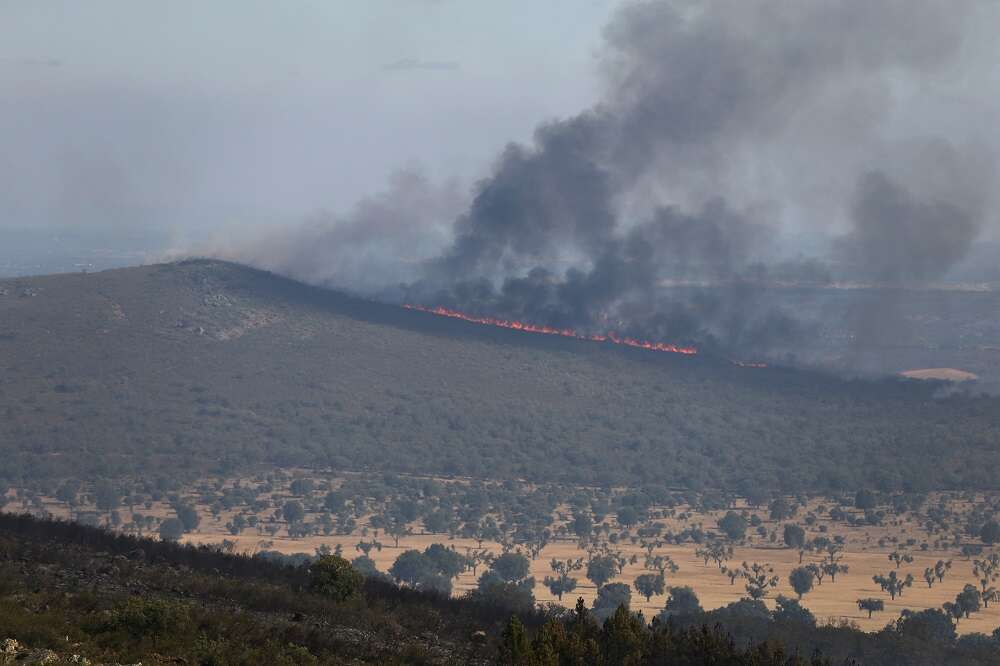
By Gloria Dickie
LONDON (Reuters) – Air pollution is spiking across Britain, France, and southern Europe amid record-breaking temperatures and scorching wildfires.
Scientists with the EU Copernicus Atmosphere Monitoring Service (CAMS) warned https://atmosphere.copernicus.eu/copernicus-scientists-warn-very-high-ozone-pollution-heatwave-continues-across-europe on Tuesday of unhealthy levels of ozone pollution across southern and western Europe which could soon affect northwestern regions.
The World Health Organization has set an eight-hour surface-level ozone exposure limit of 100 micrograms per cubic meter. Southeast England, northern France, and the Benelux region are all currently seeing daily concentrations greater than 120 micrograms.
“The air quality impacts are not negligible in relation to this heatwave,” said Mark Parrington, senior scientist with CAMS.
Ozone pollution forms when heat and sunlight interact with greenhouse gases such as nitrous oxide, carbon monoxide and volatile organic compounds released during the burning of fossil fuels.
Ozone production accelerates during a heatwave, Parrington said, as these chemical reactions happen faster.
Scientists say ozone pollution will increase under climate change. Global temperatures are now about 1.2C above pre-industrial levels and heatwaves have become more frequent and more severe.
Surface-level ozone is known to worsen respiratory and cardiovascular illnesses, and has been linked to increased mortality rates.
Long-term exposure to ozone pollution is responsible for 55,000 premature deaths annually in Europe, according to a 2019 study https://iopscience.iop.org/article/10.1088/1748-9326/ab1cd9#erlab1cd9t1 in the journal Environmental Research Letters.
The study found that ozone pollution-associated mortality could be 11% higher in some central and southern European countries in 2050 due to climate change. However, if emissions of greenhouse gases are slashed, ozone-related deaths are projected to decline.
WILDFIRE DANGER
Ozone pollution isn’t the only air quality concern. Wildfires raging across Portugal, Spain and France in recent days have released choking smoke containing fine, inhalable particulate matter known as PM 2.5.
“Smoke particles are one of the most toxic forms of particles we can generate,” said Athanasios Nenes, an atmospheric chemist at the Swiss Federal Institute of Technology Lausanne. “When you breathe them, they increase your chance of getting all kinds of cancers.”
Those already suffering from cardiovascular or respiratory illnesses are also at a greater risk of flare-ups.
In a June 2022 study https://www.atsjournals.org/doi/10.1164/rccm.202204-0657OC, University of Southern California researchers found that while days with extreme heat or extreme particulate air pollution resulted in a 5% to 6% increase in mortality risk, deaths were 21% more likely on days that saw simultaneous extremes, associated with wildfires.
“We need to think about combining public health alerts for air pollution and heat,” said co-author Erika Garcia, a public health scientist at USC. “A day with exposure to both extremes is much more harmful than a day with just one.”
(Reporting by Gloria Dickie in London; Additional reporting by Kate Abnett in Brussels; Editing by Gareth Jones)


